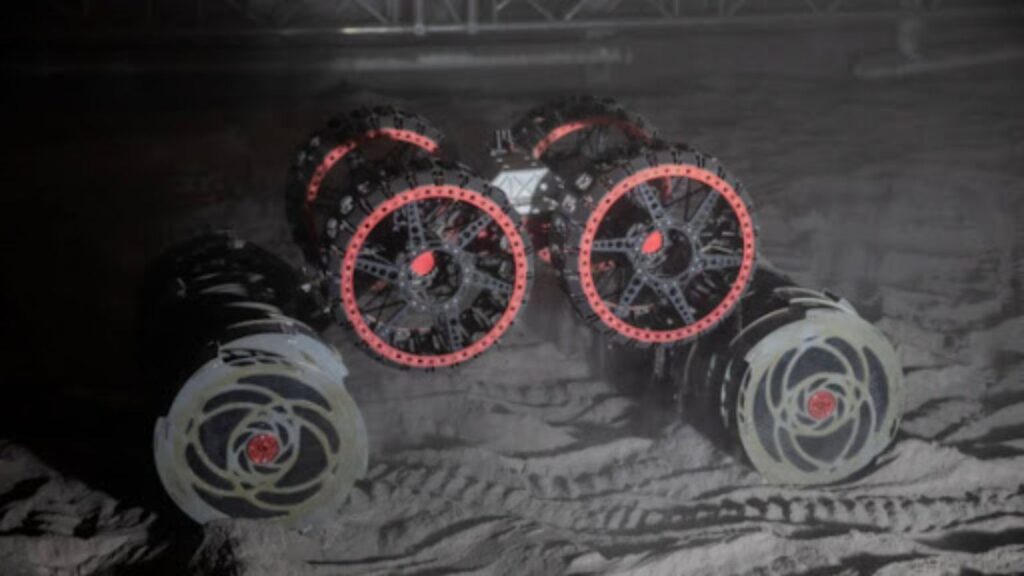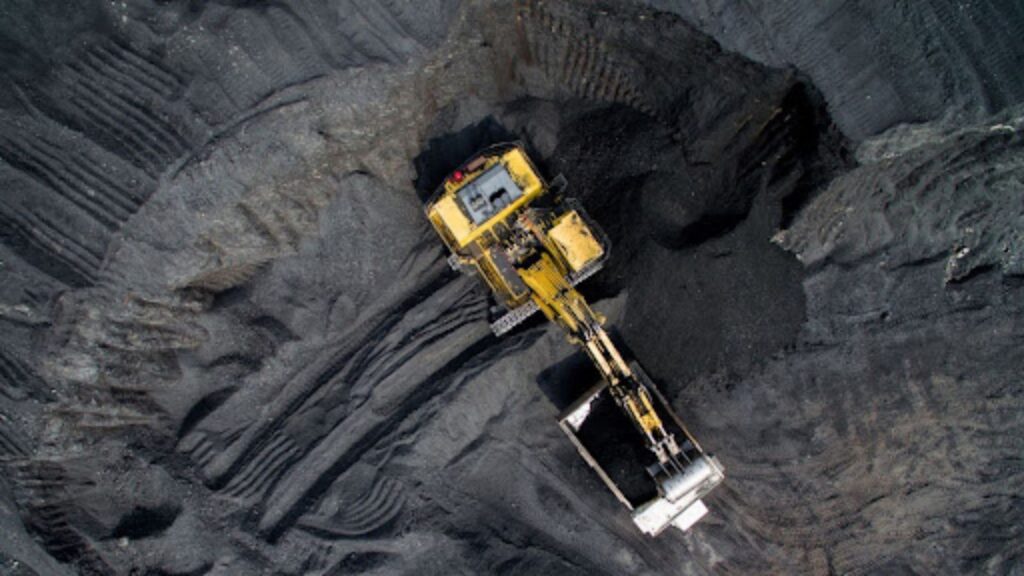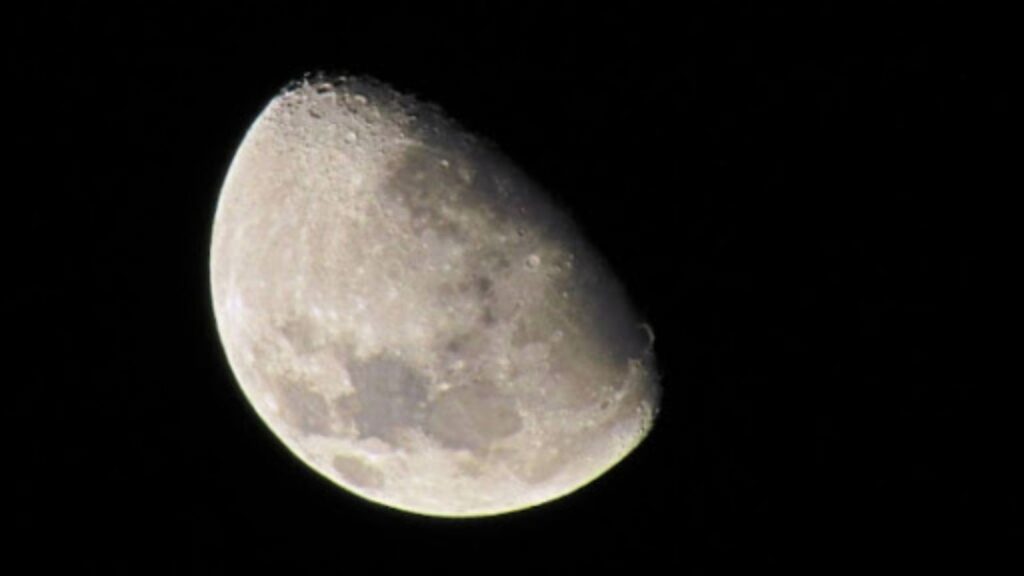Author name: Emma Thorpe
Now that many countries and private space agencies are competing in space tech, Moon mining has raised some serious and important legal issues. Since it encourages mostly private companies to explore our satellite, the US is advancing in achieving its space goals every year. Lately, human development relied only on our planet’s finite resources. But recently, we have realized that there’s a shortage of these resources, so Moon mining came up as a solution. Space exploration and progress in this field have given scientists ways to discover many valuable and rare minerals on our Moon. But what would happen if we mined on the Moon, and what problems would this activity bring?
What Would Happen If We Mined the Moon?
The first thing about Moon mining is that we would find the same minerals as on Earth on the Moon, and mining our satellite could help save our already veining resources. Another benefit is that mining on the lunar surface would require new technology, which would – for better or worse – spur robotics and other tech development back on Earth.

We could also gain access to resources that are rare on Earth, for example, Helium-3, a gaseous isotope abundantly present in lunar soil. Its mining would help us obtain more by-products, such as solar-wind hydrogen, which could support life at lunar outposts and be used as fuel to get us to the Moon. But while ESA considers Helium-3 Moon mining as a viable alternative, pollution could eventually become a problem. For starters, we could ruin our satellite’s surface – something that could potentially do more harm than good, even though exact ecological consequences are currently impossible to estimate.
What are the Problems with Mining the Moon?
One of the main challenges of Moon mining is the lack of infrastructure for operations. We would have to build everything, from transportation to power generation. Besides, Moon mining would be much more expensive than Earth mining, tens of thousands of times more expensive. According to Dr. Alice Gorman, Flinders University, Australia space archaeology expert, if we started regular Moon travels, we would lose all the scientific knowledge accumulated so far and destroy the landing sites there. For instance, the Apollo landing site is now culturally significant, but Dr. Gorman says we would destroy it when mining the Moon. Even if we didn’t do anything to damage these sites, all the dust that landers would be throwing up could cover the sites and erode them. In other words, the famous footprints that astronauts left there would get erased.
Is it Legal to Extract Resources from the Moon?
But is lunar mining legal? According to experts, it would be legal to mine asteroids but not our Moon. Back in 1967, 110 countries signed a treaty that states no “sovereigns” can own our Moon. Some of these countries were Russia, China, and the US. China became the third country to bring lunar soil samples back to Earth, preceded by the USA and the USSR.
One of the legal Moon mining NASA missions is conducting a test drill rig to excavate lunar soil at large. This space agency also plans to put a pilot processing plant on our Moon in 2032. This plant’s first customers should be commercial rocket companies who need Moon’s oxygen and fuel resources.
What Resources are Present on our Moon?
If humanity started mining our satellite, Moon mining companies would obtain minerals such as armalcolite, pyroxferroite, and tranquillityite. Metals found on our Moon include iron, aluminum, silicon, titanium, magnesium, lithium, and uranium. Our Moon is also the place where we can find Rare Earth Metals (REMs) and gold.

However, since Moon mining is a complex task that requires high-tech equipment, NASA relies on private companies that can cope with many mineral mining challenges. By the way, astronauts have already conducted manual mining activities on our Moon, but in this century, we should rely on robots and autonomous systems. Some other Moon mining models may include drilling, thermal methods, water extraction, and 3d printing.
What About Moon-mining Asteroids?
NASA and private space companies have plans to mine not only the Moon but asteroids, too. On October 13, NASA launched its mission to the Psyche asteroid, which is rich in metal and is valued at $10,000 quadrillion US based on resource potential. While we don’t have the technology to mine Psyche or bring it close to Earth to mine it yet, startup space mining companies are working on these issues. Asteroid mining could provide us with unlimited resources. We could obtain certain materials from asteroids to no longer extract them from Earth and negatively impact our environment.
However, the most notable challenges with asteroid mining include high spaceflight costs, unreliable identification of mining asteroids, and other problems with extracting valuable materials in space. For the time being, asteroid mining remains a speculative technique, as humanity is still developing the technology necessary for it – just like we are still considering the Moon mining possibility.

